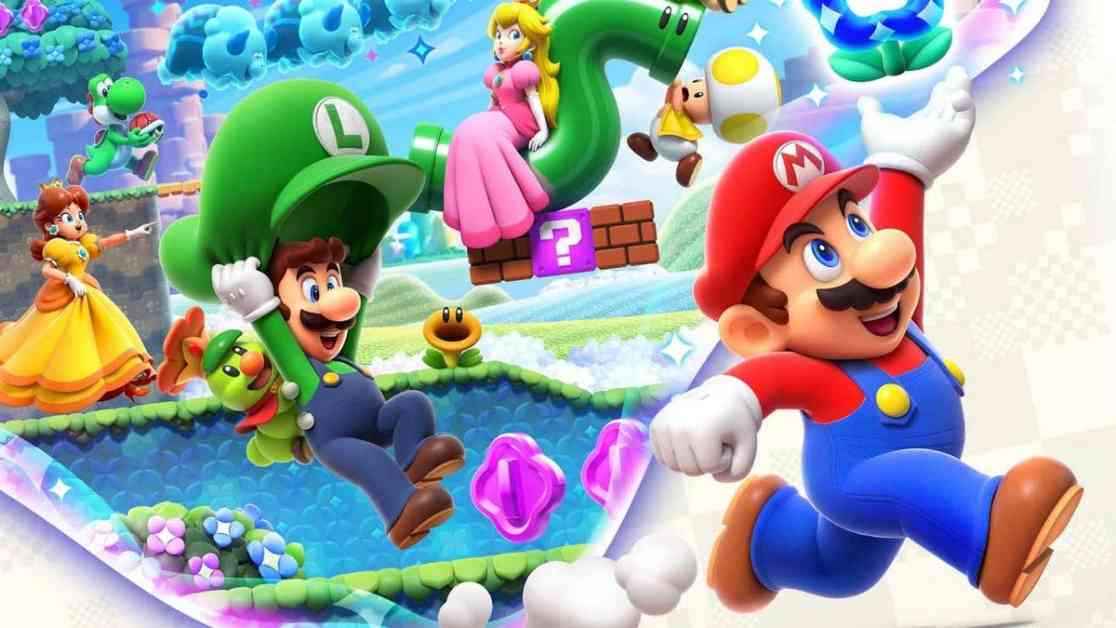Super Mario, the iconic plumber from the Mushroom Kingdom, has had an illustrious career in the world of video games. From his humble beginnings on the Nintendo Entertainment System to his latest adventures on the Switch, Mario has captured the hearts of gamers around the globe. As we celebrate Mario Day on March 10th, it’s the perfect time to reflect on the highs and lows of this beloved franchise.
The Best of Super Mario: Iconic Movement and Playable Characters
When it comes to Super Mario games, one of the standout features has always been Mario’s iconic movement. From the very first Super Mario Bros. game, players have enjoyed the thrill of running and jumping through treacherous environments and making those heart-stopping leaps over Bowser. The fluidity and responsiveness of Mario’s movements have set a high bar for platforming games, inspiring countless developers to follow suit.
In addition to Mario’s movement, one of the best aspects of the series has been the introduction of multiple playable characters. In games like Super Mario Bros. 2, players had the opportunity to control characters like Toad, Peach, and Luigi, each with their own unique abilities. Luigi’s floaty jump and endearing animation have made him a fan favorite, adding depth and variety to the gameplay experience.
The Worst of Super Mario: Water Levels and Autoscrollers
While Super Mario games have had many highs, there have also been some lows along the way. One common complaint among fans is the presence of water levels in the games. These stages, which often slow down the pace of the game and can be frustrating to navigate, have been a source of annoyance for many players over the years.
Another common gripe among fans are the autoscroller levels, particularly in games like Super Mario Bros. 3. These levels, where the screen scrolls at a fixed pace, can feel constraining and limit the player’s freedom of movement. While they add a sense of urgency and drama to the gameplay, they can also be a source of frustration for those looking to explore and move at their own pace.
The Evolution of Super Mario: From 2D to 3D
One of the most significant milestones in the Super Mario series was the jump from 2D to 3D with the release of Super Mario 64. This transition marked a cultural reset for video games, showcasing the potential for classic franchises to thrive in a new dimension. While the game was groundbreaking in many ways, with its innovative level design and exploration mechanics, it also had its share of rough edges, such as camera issues and imprecise controls.
Despite its flaws, Super Mario 64 paved the way for future 3D Mario games, setting a high standard for innovation and gameplay excellence. Subsequent titles like Super Mario Galaxy continued to push the boundaries of what was possible in a Mario game, with creative level design and new gameplay mechanics that captivated players around the world.
Looking Ahead: The Future of Super Mario
As we look to the future of the Super Mario series, there is excitement and anticipation for what’s to come. With rumors of a new side-scrolling Mario game on the horizon, fans are eager to see how the franchise will continue to evolve and innovate. While the New Super Mario Bros. series has provided solid, enjoyable experiences, many are hoping for a return to the groundbreaking creativity and innovation of titles like Super Mario Galaxy.
As we celebrate Mario Day and reflect on the rich history of the Super Mario series, it’s clear that Mario’s legacy will continue to endure for years to come. With each new game, players young and old will have the opportunity to experience the magic and wonder of the Mushroom Kingdom, and embark on unforgettable adventures with everyone’s favorite plumber. So here’s to Super Mario, a true gaming icon who has captured the hearts of millions and inspired generations of gamers around the world.
















